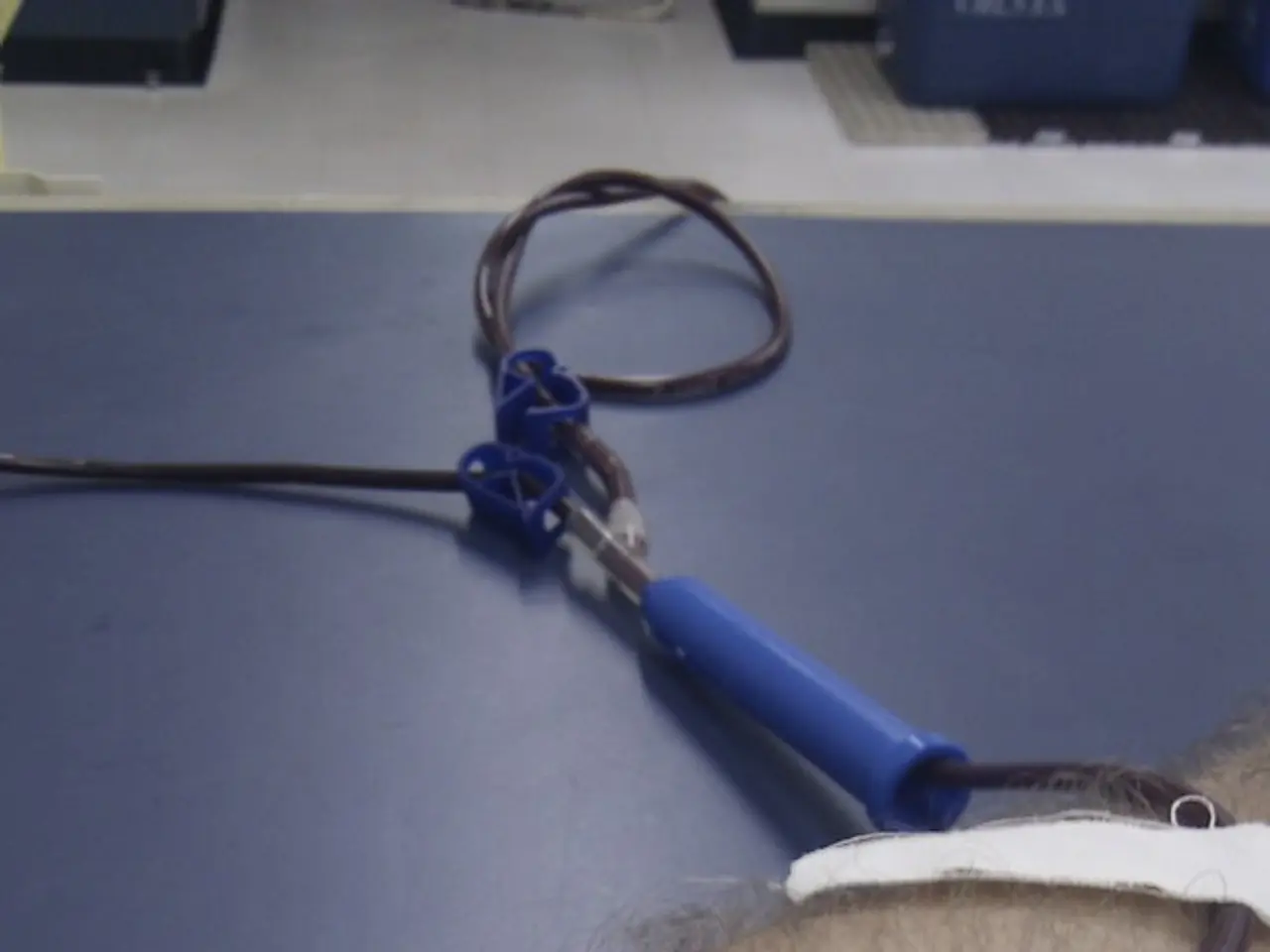Axillary Nerve Dysfunction: Causes, Symptoms, and Treatment
Axillary nerve dysfunction (AND), also known as neuropathy of the axillary nerve, is a condition causing loss of movement or sensation in the shoulder area. It affects the deltoid muscles and skin, serving crucial functions in shoulder movement and sensation.
Individuals at high risk for AND include athletes, those performing repetitive shoulder tasks, and those with certain bone fractures or improper use of supportive equipment. Symptoms range from numbness and tingling to shoulder weakness and difficulty with physical activities, potentially leading to muscle atrophy over time.
Causes of AND vary, including blunt trauma, nerve pressure or trapping, penetrating injuries, and excessive shoulder range of motion. Damage can occur in the myelin sheath or axon, reducing or preventing nerve impulse movement. Diagnosis involves a thorough physical exam, questioning about prior shoulder damage, and tests like electromyography (EMG) and MRI. Treatment may include physical therapy, anti-inflammatory medications, narcotic medications for severe pain, or surgery in some cases.
AND's long-term outlook depends on the initial injury's extent and nature. Effective treatment often cures the condition, restoring shoulder movement and sensation. However, prompt diagnosis and appropriate treatment are crucial for the best possible outcome.






